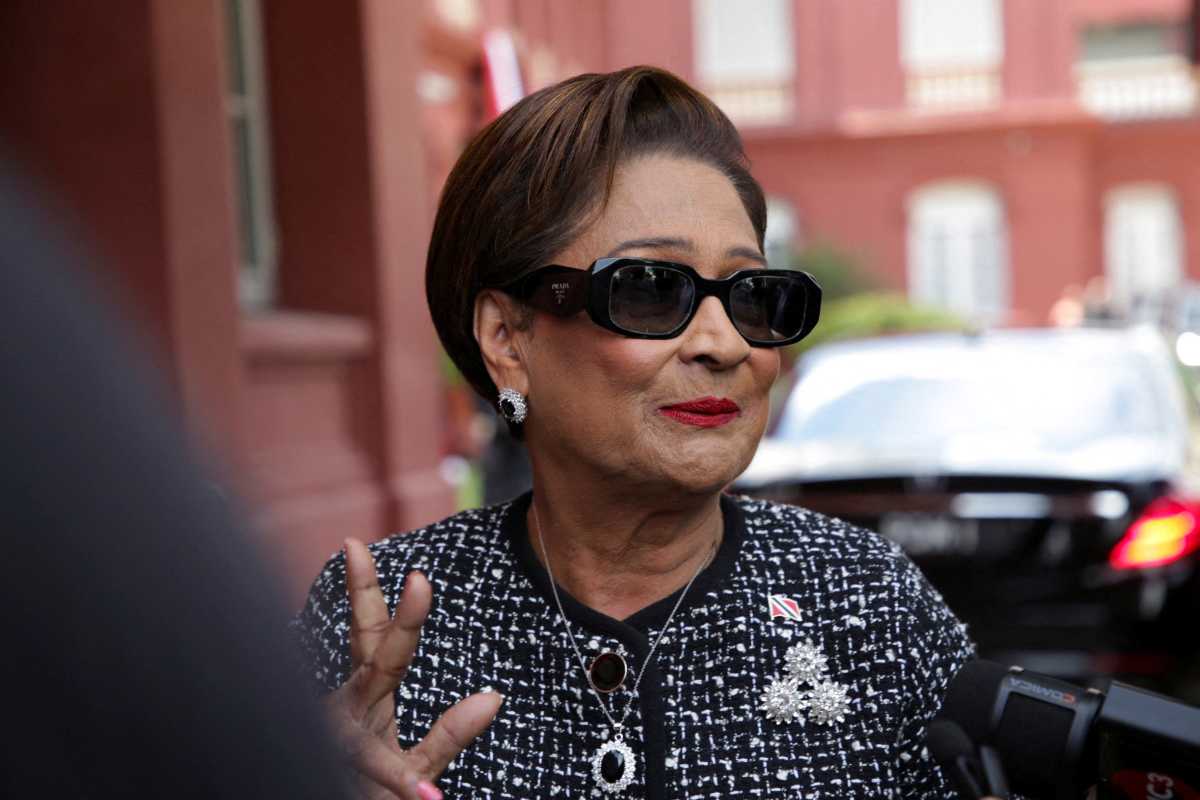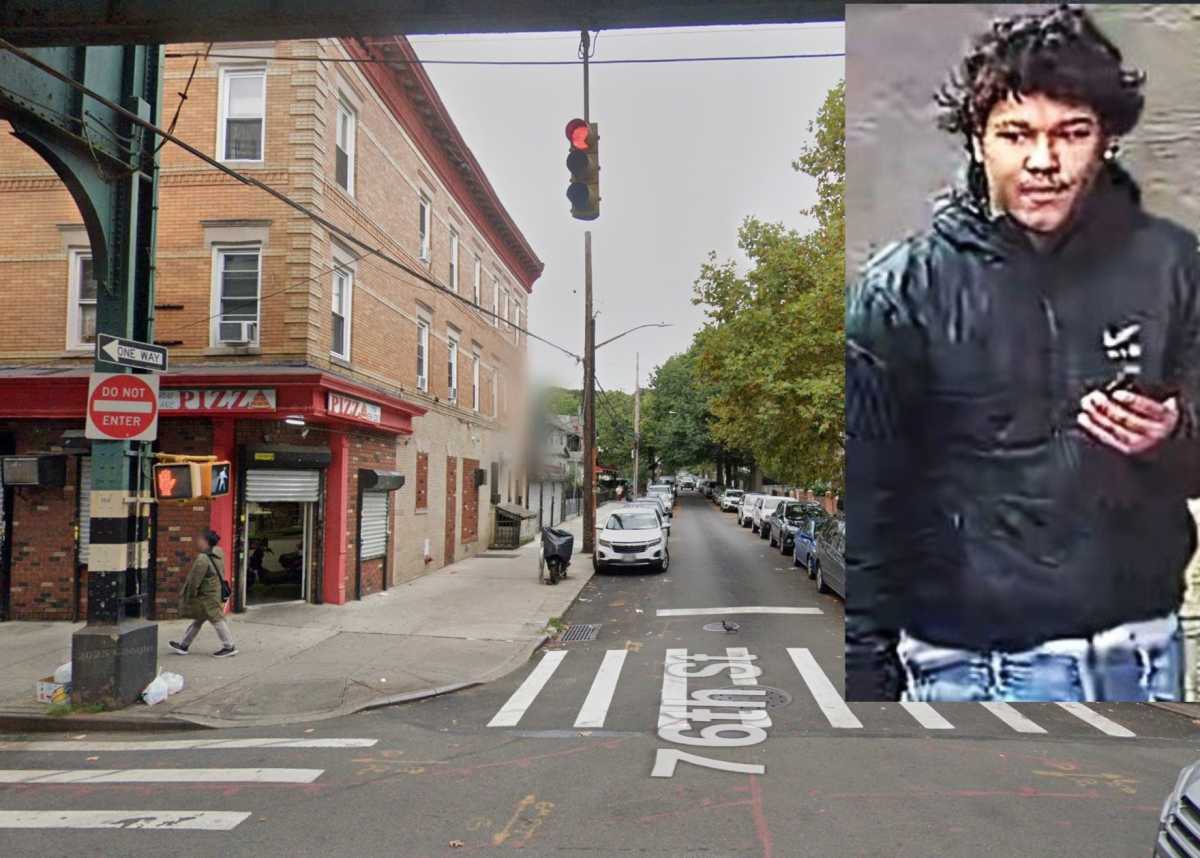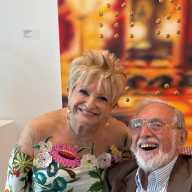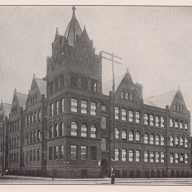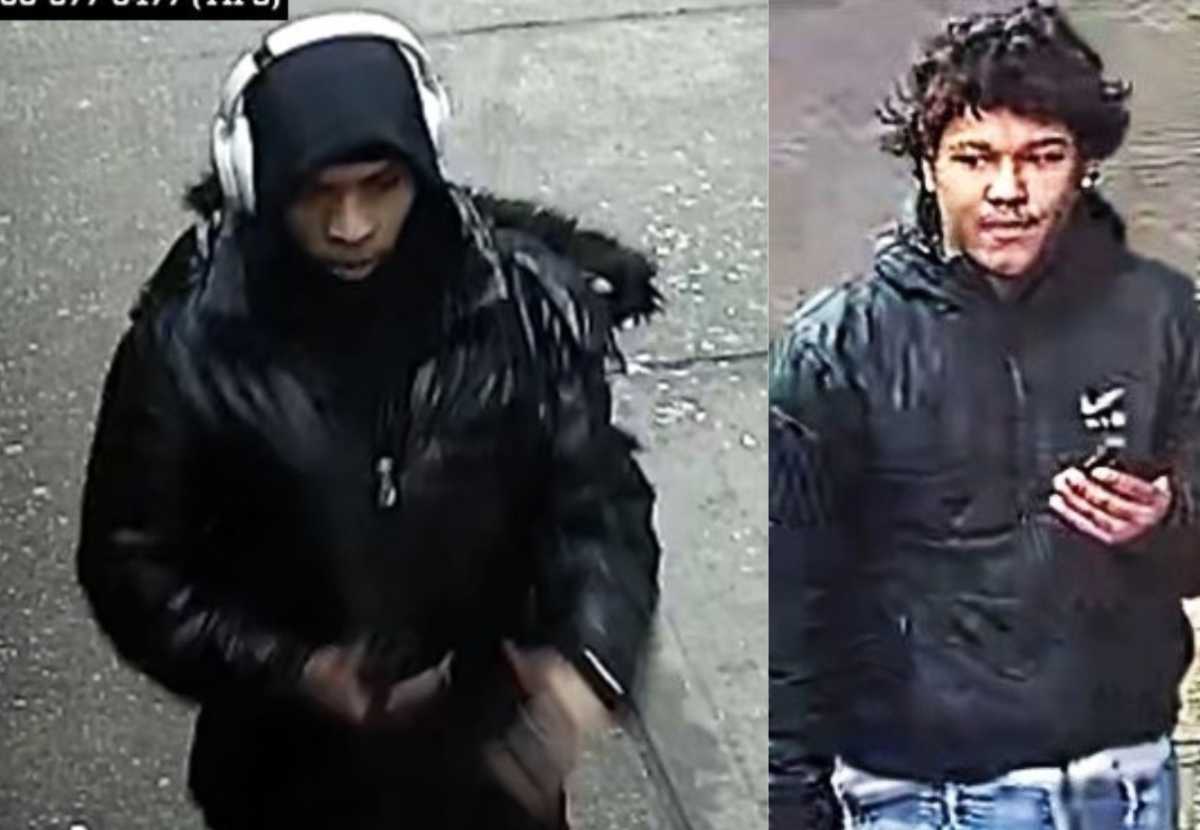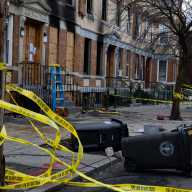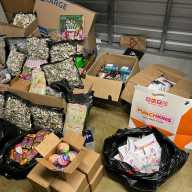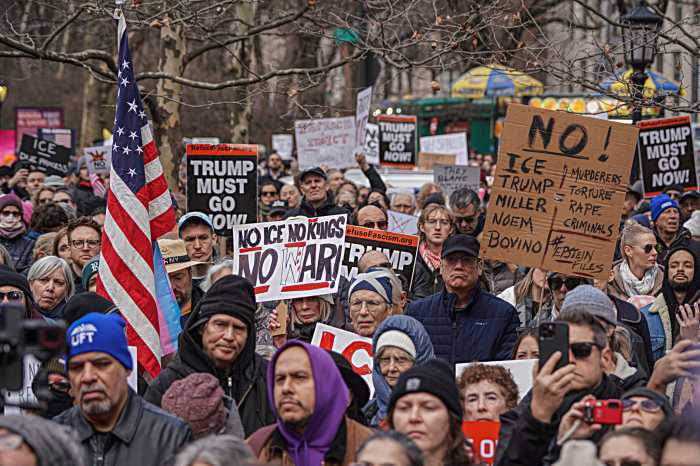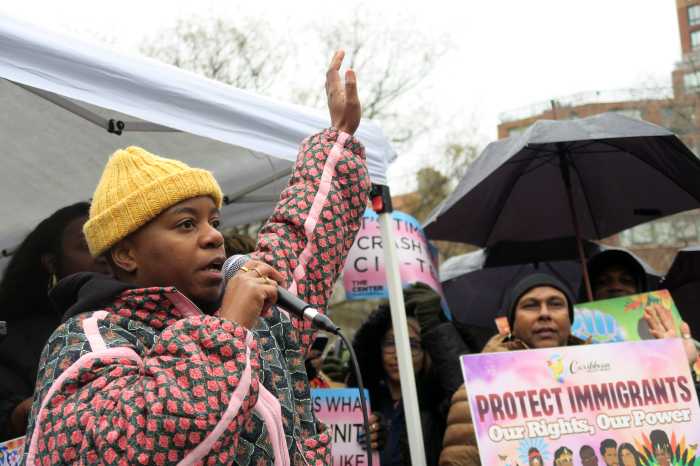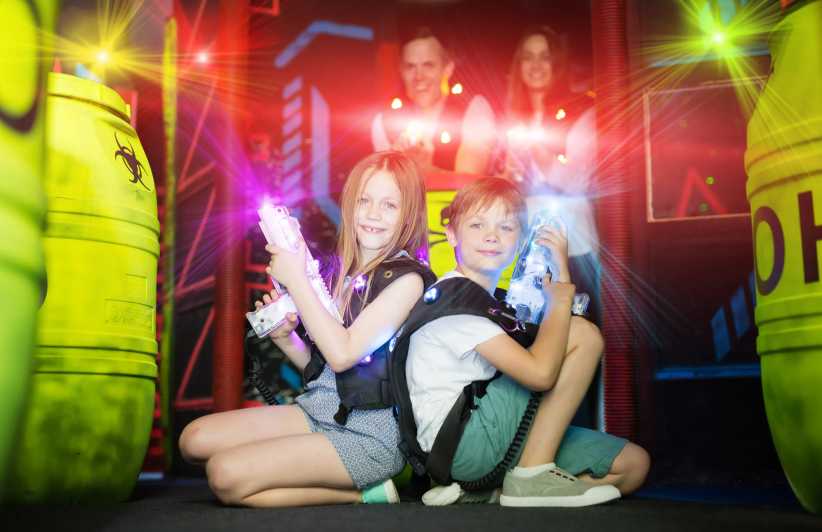Seven years ago, the New York Hall of Science first launched their virtual tour, which allowed students throughout the United States and all over the globe to experience the Queens museum's many wonders. But that was ions ago technologically, before wireless connections and videoconference links. There were innumerable connection and sound problems.
But now that most schools have high-speed cable connections, the Hall of Science decided an upgrade was needed to give everyone a chance to experience their 400 virtual exhibits. Thanks to a two-year grant from the Verizon Foundation, which donated new lessons, a wireless internet connection, and modern equipment, that is now a reality.
“We wanted to make sure we could reach the most students across the country,” said Susan Sullivan, Director of Strategic Partnerships at the Verizon Foundation.
The Hall of Science now offers curriculum for several new programs that correlate with school, state and federal standards. Through a videoconferencing link, the Hall of Science's staff can interact and teach lesson plans to classrooms anywhere.
The debut of the new program was held last week with Astronaut Ellen S. Baker, along with fifth-grade students from Mark Twain Elementary School in Houston, TX, who took part in the long distance learning session, simulcast via a video conferencing link. The Houston students were taught a session titled The Search for Life Beyond Earth, a 45-minute program that explores microbes living in extreme environments - what they need to live on and where beyond Earth they could be found. The program included exploration of relevant Hall of Science exhibits, demonstrations and hand-on activities illustrating science concepts.
The Hall of Science anticipates the virtual visits, which will cost $125 to $200, will serve 100 classes a year, and up to 3,200 students annually.
And the program won't be just for schools. Anyone, who can attain a videoconferencing link and has a high-speed internet connection, such as after-school programs, camps, hospitals, juvenile detention centers, and other informal learning organizations, can take part in the virtual visits.
That, however, doesn't mean the Hall of Science is content with their additions. “We're not finished yet,” said Terry Billie, Director of Institutional Advancement at the Hall of Science. “We have to continue to work on curriculum for other parts of the Hall.”









